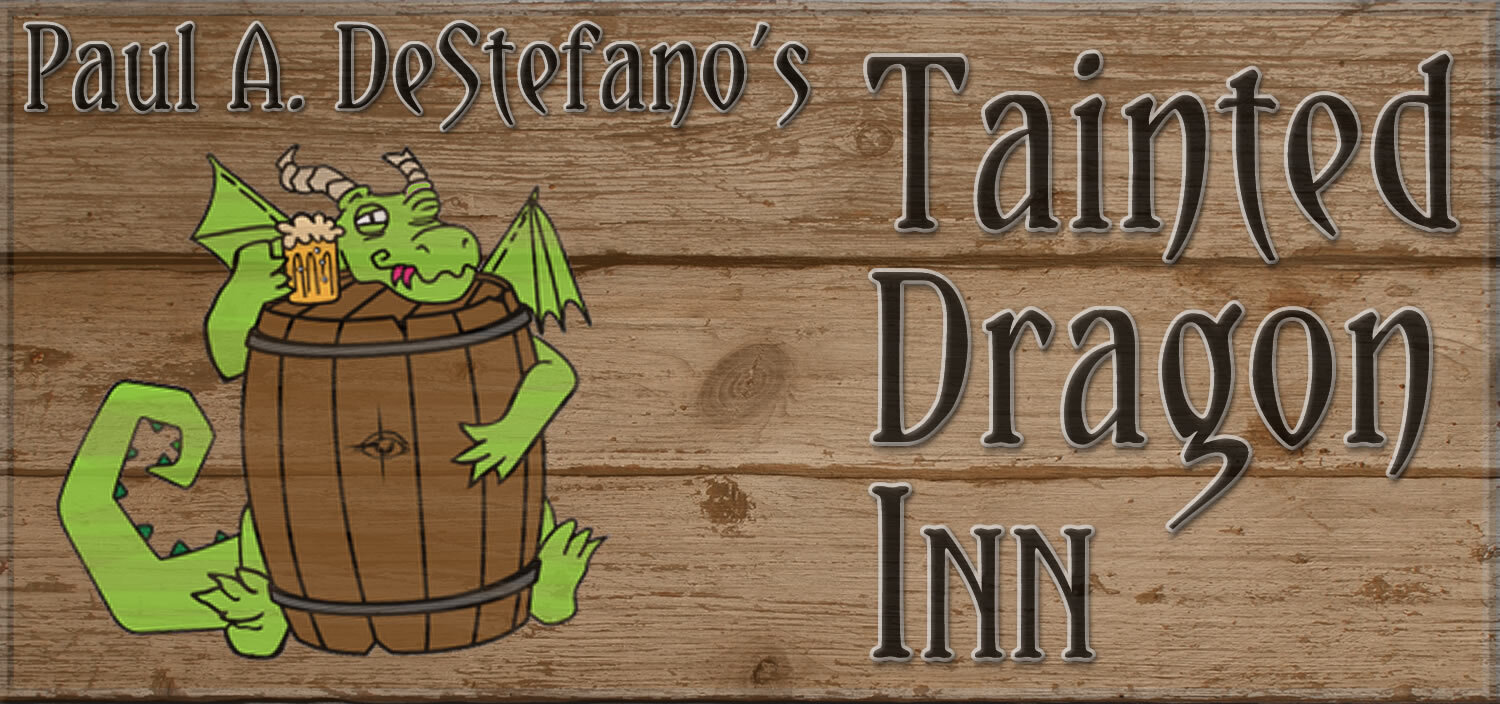Immersion Through Sight…
This is the easiest and often comes down to actual game components. If you’re playing a game that takes place in 1920, having character sheets that are on your phone kind of breaks immersion right there.
But as a game master, this is where the use of miniatures, dice that match the theme or time of your game, and various game accessories may take part.
Let’s go further, shall we?
There’s two schools of thought on creating worlds and situations in RPGs. If I describe a scene before you there’s a few options.
Option 1:
At the end of the hall way, there’s a door.
Option 2:
An old wooden door blocks your way at the end of the stone hall.
Option 3:
At the end of the hallway, in the flickering light from the candles in small alcoves carved into the stone wall, there stands a door. Ancient, yet not crumbling. Once it stopped passage here. The sturdy vertical timbers are braced by iron straps, worn and brown with the rust of decades untold since the last passing.
Option 4:
Show a picture of the door that you stole from some site online.
There’s more options, but let’s talk about these. Option 1 get’s play moving along and is great for players who just want to beat the crap out of the next orc. There’s probably playing the game in more of a boardgame sense of tactical combat, and every game needs a night like this every now and then.
Option two provides a modicum of detail, and allows the players to enrich their own world, filling in from their own memories and imaginations of what such a door might be. This is great as it provides a bit of atmosphere, and lets the players fill in their own worldbuilding as well. It’s probably what most games use as their baseline. It moves things along and provides just enough description for the door to not be stark white with a big black band on it that reads DOOR.
Option 3 is for when the players are deeply involved in their game world. This type of rich description is great as the first description of any game night, kind of signaling, put down the phones, guys and girls, we’re descending into the game now. It’s also very evocative, so it gives everyone a more similar picture of just what’s going on. Does it matter that each player is envisioning something cohesive or can they all add their own flavors? Usually it doesn’t matter. There’s still enough open air here for the player to fill in details. Is the door dark? How wide are the slats? What’s the handle look like? There is a good block of description, but a lot is still open for imagination to wander and write in the details.
Of course, option 3 also slows down the game play. It takes a while. If the characters are being chased Scooby Doo style through the caverns by a mummy, the description breaks the tempo of the game and it feels wrong. On the other hand, if there is a building feeling of dread and they are searching for a silent way in to stop a summoning ritual of the Old Gods, then the long description builds tension. It makes their movement feel slower and more deliberate that they are absorbing those details. I love option 3 for visual immersion, but it requires the right players and the current tone of the game to work.
Option 4 provides all of the players with the same info, and quickly. The problem is that it might stop their imaginative experience a little bit. A lot of game masters do the type of thing where they provide a picture when there’s some sort of puzzle involved. Does it look like item A fits into slot B or something. That’s absolutely great and cool, but if you’re going to do that, you have to also provide pictures of mundane objects as well. The non-trapped door. Otherwise, it becomes more like a homework task – Oh, Master handed us a picture, let’s solve it. Don’t do that. If you use pictures, use them every now and then. For the introduction of a New NPC. The entrance of a new town. A monster never seen before.
Stimulating the sense of sight CAN be done with pictures. Or with Option 3. Paint the visuals for the players.
Lighting is also a great visual cue. If you have a nifty set up like LED lights that can change color, go for it. Dimming lights and such is great, but make sure it’s for encounters where you won’t need to read a lot of detail on character sheets and tiny dice and such. And as always, be careful with open flame. Playing by candlelight is so cool, but with die rolling and possible paper passing, it can be quite dangerous. Which, of course, makes it even cooler.








